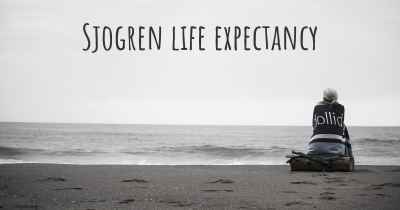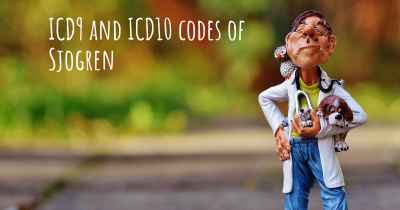What is the history of Sjogren?
When was Sjogren discovered? What is the story of this discovery? Was it coincidence or not?

Sjögren's syndrome is an autoimmune disease that was first described by Swedish ophthalmologist Henrik Sjögren in 1933. It is named after him in recognition of his significant contributions to understanding the condition. Sjögren's syndrome primarily affects the exocrine glands, which are responsible for producing moisture in the body, leading to symptoms such as dry eyes and dry mouth.
The early years:
In the early 20th century, Sjögren noticed a group of patients who presented with dry eyes, dry mouth, and joint pain. He conducted extensive research and published his findings in a landmark paper titled "Keratoconjunctivitis sicca: A disease entity." This paper laid the foundation for the recognition of Sjögren's syndrome as a distinct medical condition.
Advancements in understanding:
Over the following decades, researchers and clinicians built upon Sjögren's initial observations, deepening our understanding of the syndrome. In the 1950s, it was discovered that Sjögren's syndrome could occur as a primary condition or secondary to other autoimmune diseases, such as rheumatoid arthritis or systemic lupus erythematosus.
Diagnostic criteria and classification:
In 2002, the American-European Consensus Group (AECG) established a set of criteria for diagnosing Sjögren's syndrome. These criteria include evaluating symptoms, conducting specific tests, and assessing the presence of autoantibodies. The AECG criteria have been widely adopted and serve as a valuable tool for clinicians in diagnosing the condition.
Sjögren's syndrome is classified into two main types: primary and secondary. Primary Sjögren's syndrome occurs when the condition is not associated with any other autoimmune disease. Secondary Sjögren's syndrome refers to cases where it coexists with another autoimmune disorder.
Current research and treatment:
Research into Sjögren's syndrome has made significant progress in recent years. Scientists are investigating the underlying mechanisms of the disease, including the role of genetic factors, immune system dysfunction, and environmental triggers. This knowledge is crucial for developing targeted therapies and improving patient outcomes.
Currently, treatment for Sjögren's syndrome focuses on managing symptoms and preventing complications. This may involve using artificial tears and saliva substitutes to alleviate dryness, medications to reduce inflammation, and immunosuppressive drugs in severe cases. Additionally, patients are advised to practice good oral hygiene and protect their eyes from further damage.
Support and awareness:
Support groups and organizations have emerged to provide resources, education, and advocacy for individuals living with Sjögren's syndrome. These groups play a vital role in raising awareness about the condition, promoting research, and offering support networks for patients and their families.
In conclusion, Sjögren's syndrome was first described by Henrik Sjögren in 1933, and his pioneering work laid the foundation for our understanding of this autoimmune disease. Over the years, advancements in research, diagnostic criteria, and treatment options have improved the lives of individuals affected by Sjögren's syndrome.








